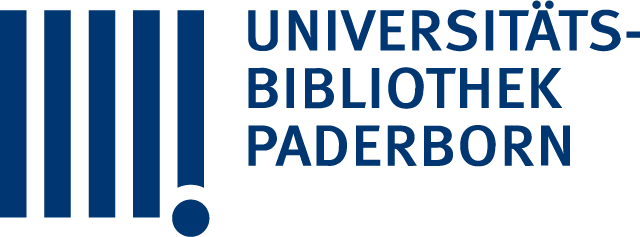Ein autonomes Bausystem ist eine Lösung für den Bau von Strukturen in Umgebungen, die für Menschen zu gefährlich ist und wo auch das Fernbedienen nicht möglich ist. Inspiriert durch das Bauverhalten von sozialen Insekten, treiben wir den Stand der Technik voran und schlagen eine vollständig dezentralisierte Steuerungsstrategie für ein Multi-Roboter-Bausystem vor. Diese Vorgehensweise basiert auf der bisherigen Arbeit von Theraulaz und Bonabeau, die eine dreidimensionale Gitter-basierte Simulation verwendet haben um Bauverfahren mit einem Multiagentensystem zu demonstrieren. Um die vorgeschlagene dezentralisierte Steuerungsstrategie zu untersuchen, wurde ein Multi-Roboter-Bausystem entwickelt. Dieses Bausystem besteht aus zwei Komponenten: dem Baustoff und autonomen Robotern. Ein autonomer Roboter in unserem Multi-Roboter-Bausystem ist in der Lage den Baustoff in seiner Umgebung zu lokalisieren,aufzuheben, zu transportieren, und an einer Struktur anzubringen. Das Multi-Roboter-Bausystem wurde mit dem Schwerpunkt auf ein völlig autonomes Bauen von dreidimensionalen Strukturen entwickelt. Um unser Multi-Roboter-Bausystem und seine dezentralisierte Steuerungsstrategie zu testen und zu bewerten, werden zwei Implementierungen vorgestellt: Eine Hardware-basierte Realisierung und eine Implementierung mittels Simulation. Durch den Einsatz beider Implementierungen wird demonstriert, wie unsere dezentralisierte Steuerungsstrategie autonome Konstruktion von dreidimensionalen Strukturen koordinieren kann. Nach der Diskussion dieser Demonstrationen schließen wir diese Arbeit mit Ausblick auf zukünftige Forschungsmöglichkeiten ab.
Titelaufnahme
- TitelAn autonomous multi-robot system for stigmergy-based construction / Michael Allwright ; [Thesis supervisor: Prof. Marco Dorigo, Ph.D., Thesis co-supervisor: Dr. Navneet Bhalla, Ph.D.]
- Autor
- Beteiligte
- Erschienen
- AusgabeElektronische Ressource
- Umfang1 Online-Ressource (vi, 147 Seiten) : Illustrationen, Diagramme
- HochschulschriftUniversität Paderborn, Dissertation, 2017
- AnmerkungTag der Verteidigung: 08.09.2017In reference to IEEE copyrighted material which is used with permission in this thesis, the IEEE does not endorse any of Paderborn University's products or services. Internal or personal use of this material is permitted. If interested in reprinting/republishing IEEE copyrighted material for advertising or promotional purposes or for creating new collective works for resale or redistribution, please go to http://www.ieee.org/publications_standards/publications/rights/ rights_link.html to learn how to obtain a License from RightsLink.
- Verteidigung2017-09-08
- SpracheEnglisch
- DokumenttypDissertation
- URN
- DOI
- Social MediaShare
- Nachweis
- IIIF
An autonomous construction system (ACS) is envisioned to be a solution to the construction of structures in environments that are too hazardous for humans and where remote operation is not possible. Drawing inspiration from the construction behavior of social insects, we advance the state of the art by proposing a completely decentralized control strategy for a multi-robot ACS. This control strategy is based on previous work by Theraulaz and Bonabeau, who demonstrated multi-agent construction using a three-dimensional lattice-based simulation. In order to study the proposed decentralized control strategy, we set about designing a multi-robot ACS that consists of two components, a building material and autonomous robots. In our multi-robot ACS, an autonomous robot is capable of locating the building material in its environment, picking it up, transporting it, and attaching it to a structure. The multi-robot ACS is designed to be completely autonomous and capable of constructing three-dimensional structures. To test and evaluate our multi-robot ACS and its decentralized control strategy, we provide two implementations of our system. The primary implementation is realized using hardware and the secondary implementation is realized using simulation. Through the use of both implementations, we demonstrate how our decentralized control strategy can be used to coordinate the autonomous construction of three-dimensional structures. After discussing these demonstrations, we conclude this thesis by suggesting future research directions.
- Das PDF-Dokument wurde 76 mal heruntergeladen.

